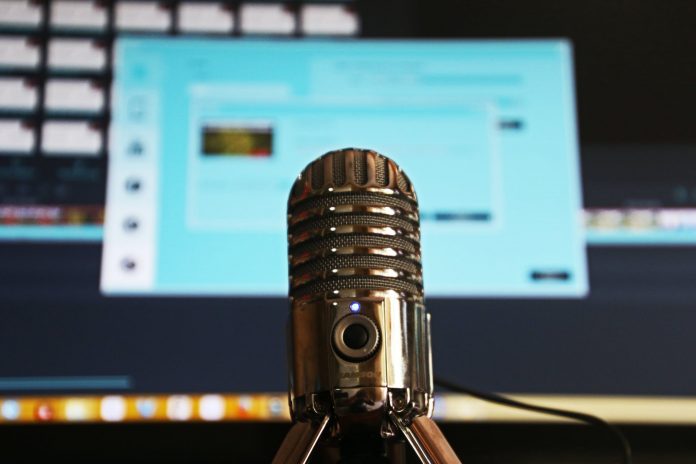
You would think professional podcasters and top social media influencers have state-of-the-art recording studios. You would be surprised to know that many people record in their converted closet or small room. That’s because a small space without reverb is the best recording space. Here is how to turn a small room into a home studio.
Choosing a space
You may have a large open room in your home that would work for a home studio for recording. However, a recording studio needs to be a space that doesn’t create reverb. The larger and more open the space, the more sound carries.
Pick a space that is full of fabric and furniture. Many podcasters pick their closet. If you have a closet that you can put a small desk in it may be the perfect space for recording. Not only is that financially smart, but it’s also a great place to stay away from the everyday noise of the home.
If you don’t have space in a closet for your new studio, then pick a small room in your home that is quiet.
Find a space that doesn’t share a wall with another room or a space that is not anywhere near a common high-traffic area. You also want to listen for any sound outside the room, such as cars, external activities, or any small sounds that a mic may pick up.
Filling the space
If you are in your closet, you are already in a space full of sound softening material. The clothes, the carpet, and the space’s tightness all help make sure you are recording the best sound possible from your voice.
If you choose a small space that you must convert, add as much furniture and fabric as you can. Bring in thick carpet, soft furniture, blankets. Add pictures to the walls. Add material to your walls that dampen the sound. You can add thicker wallpaper or even add a carpet or soft foam to the walls. The more, the better. Add thick heavy curtains over any windows.
Cover all the openings
If you are near a door, make sure to purchase a doorstop that stops the sound from coming into your space.
Testing the Space
If you are using an already made room, make sure to test record in that space so you can listen for any extra noises that may be picked up during your sessions. This is also good for testing the room after you add noise-dampening fabrics.
Picking equipment
Research and find the best recording microphones and equipment. The higher-end products will give you the best sound; however, test out and read reviews on the best products for podcasting if you are on a budget. Using recording gear is much better than your basic phone or computer set-up and will result in a high-quality podcast.
Extra space ideas
Add a desk, some lighting, and make sure you are near electrical outlets for the equipment.
Enjoy your new space, and happy podcasting!









